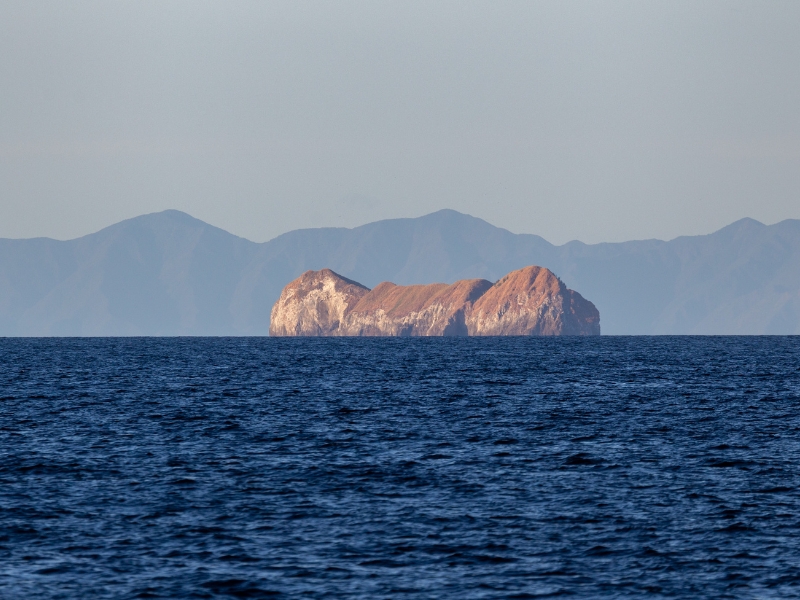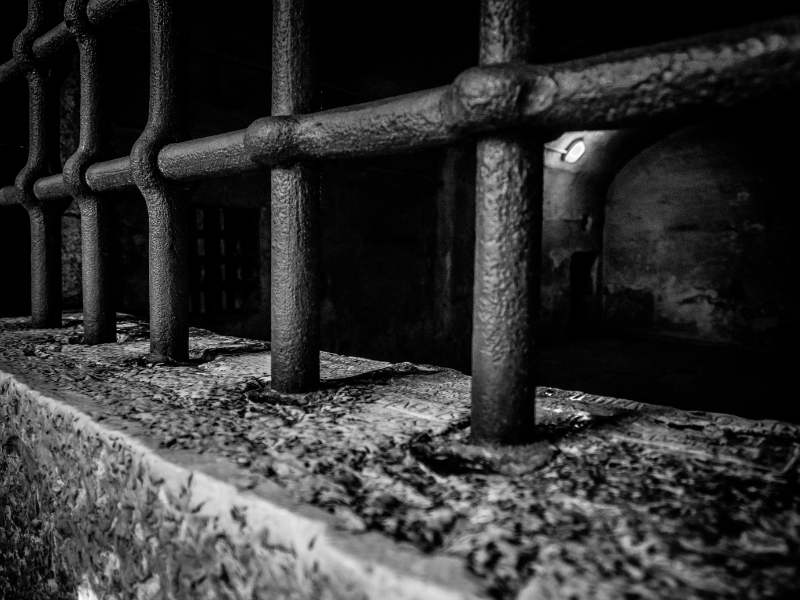8 Unique Picks From 125 Costa Rica Islands
Costa Rica’s islands, with nearly 125 scattered across rivers and seas, mirror the rich diversity of the mainland’s ecosystems
Isla Calero, for instance, stands in the river as the largest, while Isla Tortuga offers clear waters and white sandy beaches. Cocos Island is a UNESCO World Heritage Site located over 330 miles from the Pacific Coast, while the Bat Islands are renowned for their wild-life rich diving spots.
With every island presenting its own distinct character, the stage is set for visitors to explore and create once in a lifetime experiences and adventures. For you are looking for more unique picks than just having an island to yourself, you’ll love these 8 Costa Rica islands with distinctive characteristics.
Regions
The Caribbean Coast offers lush rainforests and distinctive Afro-Caribbean influences, while the Pacific Coast invites surfers and sun-seekers to its expansive shores and vibrant sunsets.
- Puntarenas is the largest province, extending to 72 islands (25 in rivers, 48 at sea).
- Guanacaste is a home to 32 islands (6 in rivers, and 26 at sea), this region is renowned for its beautiful beaches and vibrant cultural heritage.
- Alajuela features 7 islands, all in rivers, showcasing the inland beauty of Costa Rica.
- Limon has 11 islands (9 in the Tortuguero river, 2 at sea).
- San José has just 1 island in a river, it is in the heart of Costa Rica.
Nicoya Peninsula in Guanacaste is where most of the province’s island located around. It is one of the Blue Zones known for its sandy beaches, surf spots, and chill vibes. People come here to soak up the sun, ride the waves, and maybe even join a yoga retreat. The Pura Vida lifestyle is at the fullest.
The Gulf of Nicoya is a remarkable area, enriched by numerous rivers that flow into the sea, creating a fascinating array of islands within the gulf. These islands, both river-formed and sea-based, add to the unique charm and biodiversity of the region. People love to visit them not just because of their beautiful, but because some also has an interesting story.
Osa Peninsula is the home to the famous Corcovado National Park. If you are into spotting wildlife, snorkeling around Caño Islands, hiking through dense jungles, and feeling like you are part of a National Geographic documentary, this is your go-to spot.
Isla del Coco (Cocos Island)

I have to start with Cocos Island, but it is not easy to get there. Located in the middle of the Pacific Ocean, about 330 miles southwest of mainland Costa Rica, it is an area of untouched natural beauty. UNESCO calls this area one of the best conserved marine tropical waters with irreplaceable global conservation value.
Cocos Island National Park is huge – almost 500,000 acres, of which 6,000 belong to the island and the rest to the marine ecosystems. It is home to more than 300 recorded fish species and a large population of several near-threatened, vulnerable, and endangered shark species, such as the Lemon Shark, Galapagos Shark, and Hammerhead Shark.
Access is limited and controlled since it is a national park and UNESCO World Heritage site. There are three ways to visit the islands. 1) Via volunteering, but it is temporarily closed until further notice. 2) Via your own boat if you get permission in advance. 3) Visitors arrive as part of a licensed guided tour.
The Islas Murciélagos (Bat Islands)

Islas Murciélagos is an archipelago consisting of multiple islands: Isla San Pedro, Isla las Golondrinas, Isla Catalina, Isla San José, Isla Cocinero, Islote Raquela, to name only the largest ones.
The islands are a rugged and remote group located about 30 miles off the northwestern coast of Costa Rica in the Santa Rosa National Park. It is part of the Guanacaste Conservation Area, a UNESCO World Heritage location. Not to mention it is one of the best beaches for turtle watching.
It is one of the most popular diving spots in Costa Rica especially during the rainy season. This dive site is named ‘The Big Scare’ as large schools of bull sharks and manta rays lives here. Diving tours are available via various tour operators but are suitable only for experienced divers.
Isla del Caño

The 800-acre Isla del Caño is located off the Osa Peninsula in the Pacific Ocean. It is also a biological preserve covering 14,300 acres of sea. In 2003, the islands were added to the tentative list for UNESCO World Heritage along with Corcovado National Park.
Eco-travelers come here for snorkeling and scuba diving. Boat tours are available from Drake Bay, about 12 miles away. The sea around the island is home to five coral reef platforms and is inside the migratory route of humpback whales. Visitors may encounter sea turtles, rays, sharks, and several fish species.
But Isla del Caño is not just about what is under the water. The island itself is a bit of a mystery. Over 300 ancient large stone spheres made by the Diquís culture are on this island and in the Diquís Delta.
Isla Chira

Isla Chira, spanning 11,000 acres, is the largest island in the Gulf of Nicoya. It is home to local fishing and shellfish gathering communities, with around 1,500 residents across five towns. The island boasts a dry tropical rainforest and mangrove swamps, covering almost 25% of its territory.
The island is also known for salt panning and offering a glimpse into the traditional Costa Rican island life that has remained unchanged over the years. Posada Rural La Amistad and Hotel Isla de Chira offer simple, eco-friendly accommodation.
Boat tours and ferries are available from Puntarenas. The main activities here are renting a bike, joining a kayak tour, or participating in an artisan crafts workshop.
Isla San Lucas

For many years, Isla San Lucas, in the Gulf of Nicoya, was infamous for its prison. Operating from 1873 to 1991, this prison was home to some of the country’s most notorious criminals. The stories of their lives and the harsh conditions they faced are an integral part of the island’s history. You can read the book “The Lonely Men’s Island” by Jose Leon Sanchez, who was once a prisoner there.
Today, Isla San Lucas has transformed into a national wildlife refuge, where nature started to reclaim the remnants of the prison.
Visitors can explore this island through guided boat tours, typically departing from Puntarenas. These tours offer a glimpse into the past, showcasing the quarantine cells, the guards’ sleeping quarters, and the canteen, among other sites.
Isla Uvita

Isla Uvita (Little Grape Island in Spanish), also known as Isla Quiribrí is a small island located just off the coast of Limón, Costa Rica. Don’t confuse it with the town of Uvita, located on the Pacific coast, known for its whale tail-shaped beach.
The island holds a special place in history as the first land Christopher Columbus set foot on in Costa Rica during his final voyage in 1502. Despite its small size, Isla Uvita is steeped in history and natural beauty, making it an intriguing spot for visitors.
The island is virtually untouched, with no developments except for one building and a small dock. However, it can be a tranquil getaway since it is easily accessible via boat from Limón. Visitors to Isla Uvita can enjoy its beaches, swimming and snorkeling in the crystal-clear waters.
Isla Calero

This is the largest island in Costa Rica, located in the northeastern part of the country, near the border with Nicaragua. It is part of the largest wildlife refuge in Costa Rica called Barra del Colorado National Wildlife Refuge with its 200,000 acres territory.
It is known for its important wetlands and diverse ecosystems, playing a crucial role in bird migration. The island has been the subject of territorial disputes between Costa Rica and Nicaragua, adding a layer of historical intrigue to its natural beauty. The International Court of Justice in Hague ruled in favor of Costa Rica in 2015.
It is a home of several endemic species like West Indian manatee, sea turtles, green macaw, among others.
Isla Violín

Isla Violín is a quiet little island in the estuary of Siepre River off the north coast of Osa Peninsula. It is part of the Terraba Sierpe National Wetlands covered with tropical rainforest and mangrove forest.
It is perfect for people who love nature and want to get away from crowded places. It is not very famous, which means you can explore the island without bumping into lots of tourists.
This is an island where tapirs freely roam the beach, monkeys jump around the trees, and whales swimming in the ocean. A Costa Rican family established Isla Violin Eco Lodge here to conserve its natural beauty and show it to the visitors who are interested in ecotourism.
Emese Maczko is a travel blogger behind Eco Lodges Anywhere. Having explored several destinations around Europe, the US, Indonesia, and Australia, and resided in Germany, the United Kingdom, and Luxembourg, Emese possesses a keen understanding of diverse cultures and an appreciation for the beauty of each destination she visits. She advocates for sustainable travel and ecotourism.


